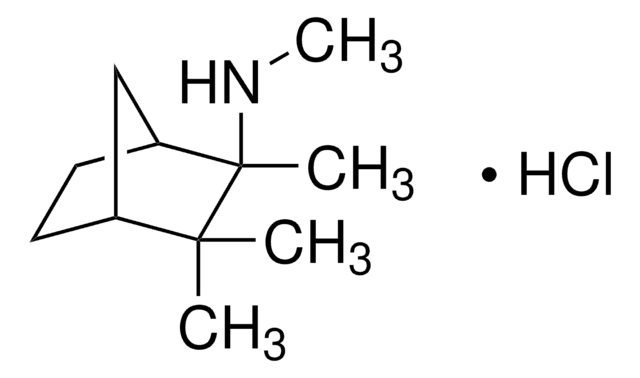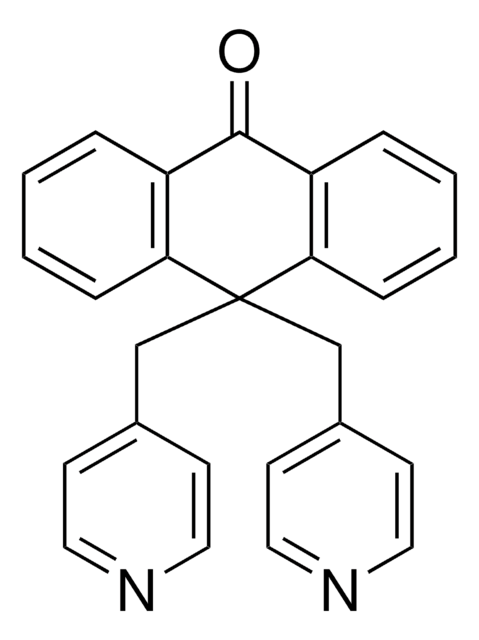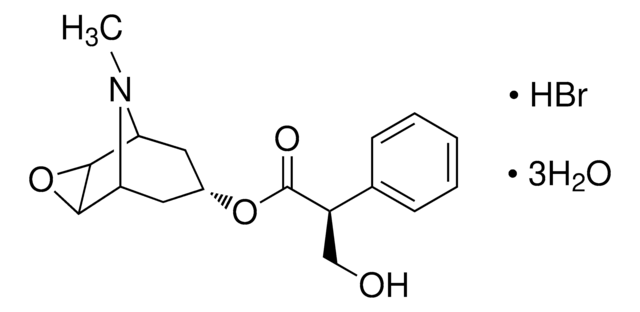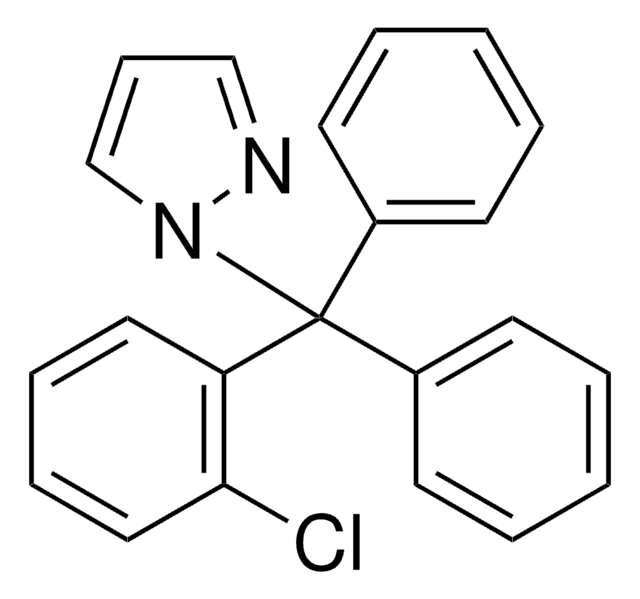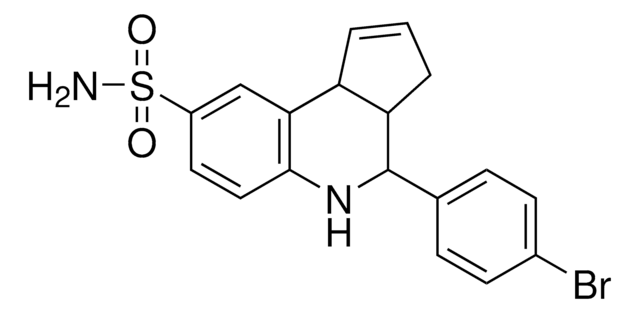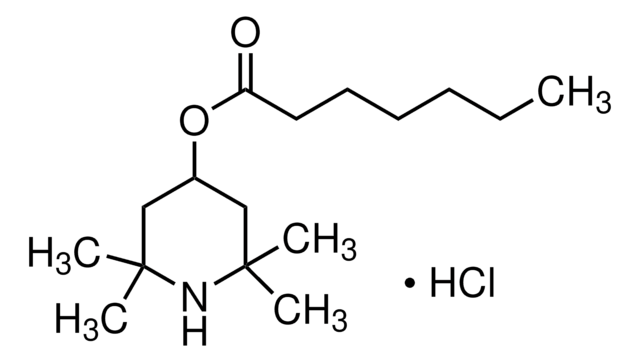L134
Linopirdine
≥98% (HPLC)
Sinônimo(s):
1,3-Dihydro-1-phenyl-3,3-bis(4-pyridinylmethyl)-2H-indol-2-one, DuP 996
About This Item
Produtos recomendados
Ensaio
≥98% (HPLC)
cor
white to off-white
solubilidade
DMSO: >10 mg/mL
ethanol: 240 mg/mL
cadeia de caracteres SMILES
O=C1N(c2ccccc2)c3ccccc3C1(Cc4ccncc4)Cc5ccncc5
InChI
1S/C26H21N3O/c30-25-26(18-20-10-14-27-15-11-20,19-21-12-16-28-17-13-21)23-8-4-5-9-24(23)29(25)22-6-2-1-3-7-22/h1-17H,18-19H2
chave InChI
YEJCDKJIEMIWRQ-UHFFFAOYSA-N
Informações sobre genes
rat ... Kcnj1(24521)
Categorias relacionadas
Descrição geral
Ações bioquímicas/fisiológicas
Informações legais
Código de classe de armazenamento
11 - Combustible Solids
Classe de risco de água (WGK)
WGK 3
Ponto de fulgor (°F)
Not applicable
Ponto de fulgor (°C)
Not applicable
Equipamento de proteção individual
Eyeshields, Gloves, type N95 (US)
Escolha uma das versões mais recentes:
Já possui este produto?
Encontre a documentação dos produtos que você adquiriu recentemente na biblioteca de documentos.
Nossa equipe de cientistas tem experiência em todas as áreas de pesquisa, incluindo Life Sciences, ciência de materiais, síntese química, cromatografia, química analítica e muitas outras.
Entre em contato com a assistência técnica